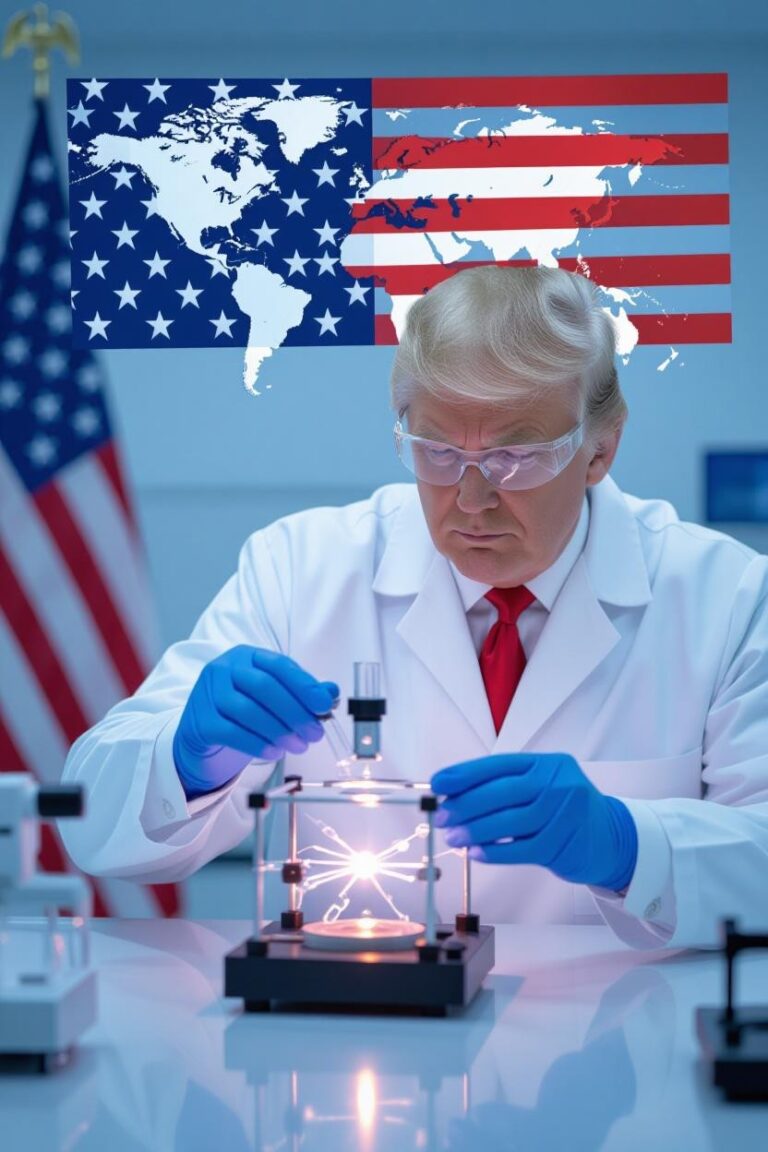This On-Chip Time-Lens Generates Ultrafast Pulses, Could Make Its Way to Quantum Networking
An on-chip femtosecond pulse source would unlock new applications in quantum and optical computing, astronomy, optical communications and beyond. However, it’s been a challenge to integrate tunable and highly efficient pulsed lasers onto chips.





